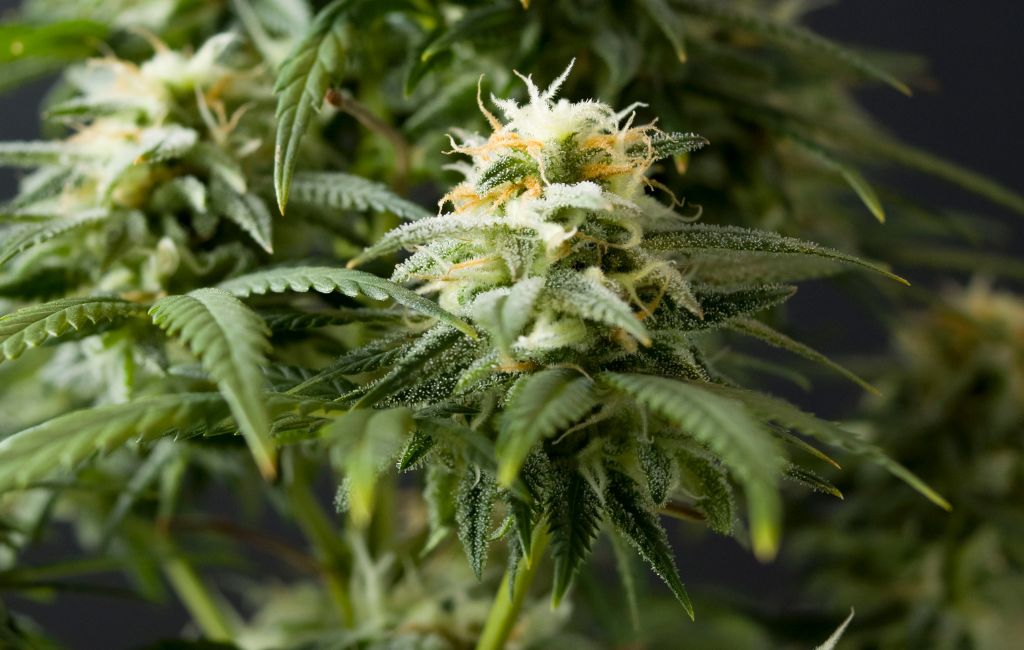Weed management is a critical component of agricultural and horticultural practices. Uncontrolled weed growth can lead to significant crop yield losses, increased production costs, and environmental concerns. This article explores various strategies for effective weed management strategies, providing insights into their implementation and benefits.
Understanding Weeds and Their Impact
Weeds are plants that grow where they are not wanted, often competing with cultivated crops for resources such as nutrients, water, and sunlight. They can harbor pests and diseases, further complicating crop management. The economic impact of weeds is substantial, with estimates suggesting that they cause billions of dollars in losses annually worldwide.
Cultural Weed Management
Cultural practices involve modifying the environment to suppress weed growth. These methods are often the first line of defense in an integrated weed management plan.
- Crop Rotation: Changing the types of crops grown in a field can disrupt weed life cycles and reduce their prevalence.
- Cover Crops: Planting cover crops can outcompete weeds for resources, reducing their growth and seed production.
- Mulching: Applying organic or synthetic mulch can prevent weed seed germination by blocking sunlight.
Mechanical Weed Control
Mechanical methods involve the physical removal or destruction of weeds. These techniques are labor-intensive but can be effective in certain situations.
- Tillage: Plowing and harrowing can bury weed seeds and disrupt their growth.
- Hand Weeding: Manual removal of weeds is precise but labor-intensive, suitable for small-scale operations.
- Mowing: Regular mowing can prevent weeds from flowering and setting seed.
Chemical Weed Control
Chemical herbicides are widely used for their effectiveness and ease of application. However, their use must be carefully managed to prevent resistance and environmental harm.
- Selective Herbicides: Target specific weed species without harming crops.
- Non-Selective Herbicides: Kill all vegetation and are used for clearing areas before planting.
- Pre-Emergent Herbicides: Applied before weed seeds germinate to prevent their growth.
Biological Weed Control
Biological control involves using natural enemies of weeds, such as insects, pathogens, or grazing animals, to reduce weed populations.
- Insects: Certain insects feed on specific weeds, reducing their growth and reproduction.
- Pathogens: Fungi and bacteria can infect and weaken weed species.
- Grazing Animals: Livestock can be used to graze on weeds, particularly in pasture systems.
Integrated Weed Management (IWM)
Integrated Weed Management combines multiple strategies to achieve sustainable weed control. By using a combination of cultural, mechanical, chemical, and biological methods, IWM aims to reduce reliance on any single approach, minimizing environmental impact and delaying resistance development.
Case studies have shown that IWM can lead to significant reductions in weed populations and herbicide use. For example, a study in Australia demonstrated that integrating crop rotation with selective herbicide use reduced weed density by over 70% compared to chemical control alone.
Technological Advances in Weed Management
Recent technological advancements have enhanced weed management practices. Precision agriculture tools, such as GPS-guided equipment and drones, allow for targeted herbicide application, reducing chemical use and costs. Additionally, machine learning algorithms can identify weed species, enabling more precise control measures.
Challenges and Future Directions
Despite the availability of various weed management strategies, challenges remain. Herbicide resistance is a growing concern, with many weed species developing resistance to commonly used chemicals. This necessitates the development of new herbicides and alternative control methods.
Future research is focusing on sustainable practices, such as the use of bioherbicides and the development of crops with enhanced competitive abilities against weeds. Collaboration between researchers, farmers, and policymakers will be key to advancing these efforts.
Conclusion
Effective weed management requires a multifaceted approach that combines cultural, mechanical, chemical, and biological strategies. Integrated Weed Management offers a sustainable solution by leveraging the strengths of each method while minimizing their drawbacks. As technology continues to evolve, new tools and techniques will further enhance our ability to manage weeds effectively. By adopting these strategies, farmers can improve crop yields, reduce costs, and contribute to environmental sustainability.
